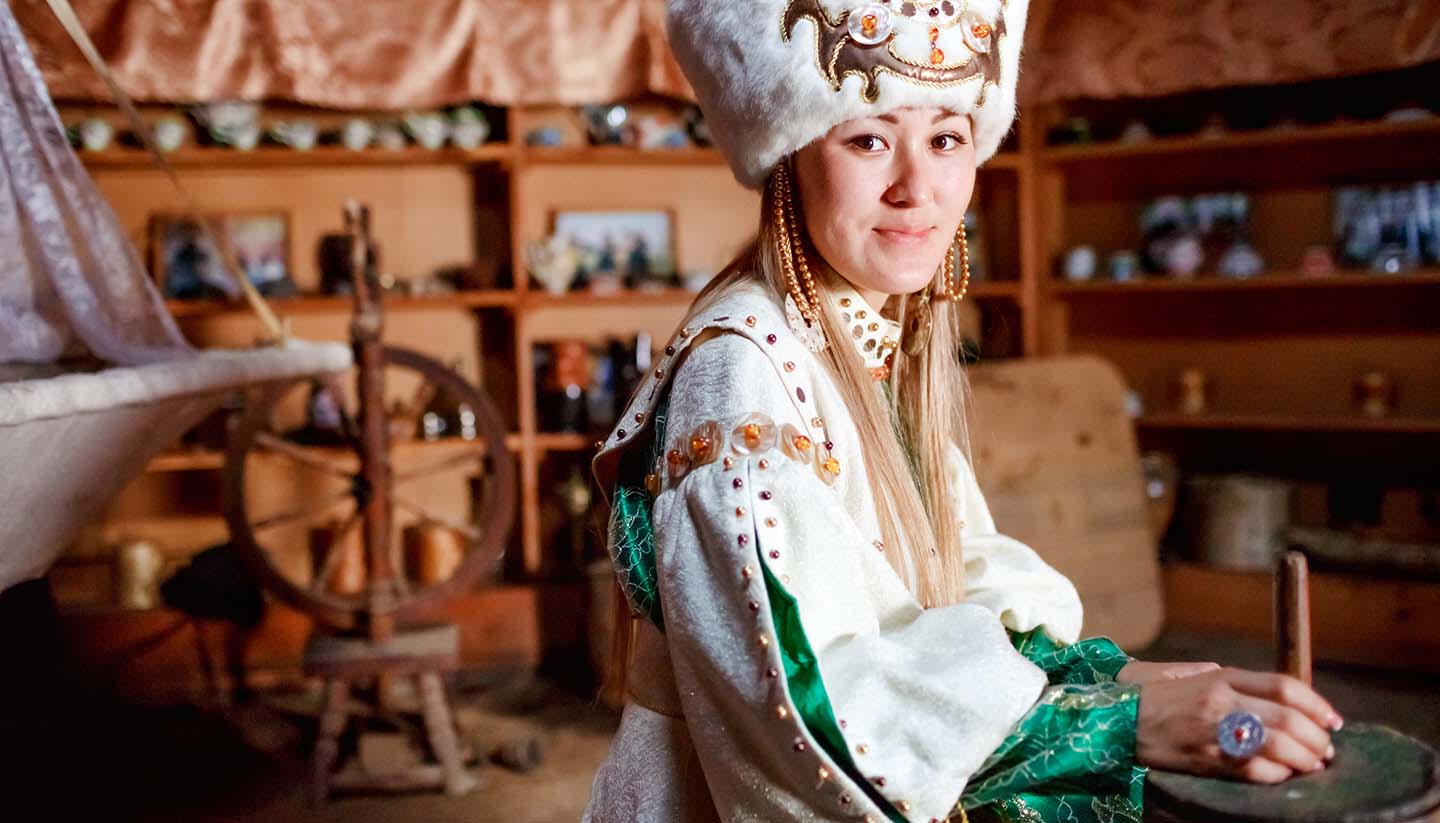Getting Around Kyrgyzstan
Air
There are internal connections from Bishkek to Batken, Kerben, Jalal-Abad and Osh. Air Bishkek (www.airbishkek.kg) and Avia Traffic (www.aero.kg) operate domestic flights.
Flying between Bishkek and Osh, Jalal-Abad or Batken is much faster than travelling by road and not much more expensive (but see warning below). Access to the Central Tien-Shan region is via helicopter, which takes climbers up the Inylchek Valley.
Air Note
The British Foreign and Commonwealth Office advises against using any domestic Kyrgyz airline as they are banned within the EU because they do not meet international safety standards.
Road
Visitors should note that roads are poorly maintained and badly signposted in Cyrillic script. Many are badly potholed.
Side of the road
RightRoad Quality
The main north-south route between Bishkek and Jalal-Abad is in poor condition in places and involves passing over the 3,000m (9,800ft) Too-Ashuu Pass and through a claustrophobic 3km (1.9-mile) tunnel south of Kara-Balta. The road that goes around Lake Issyk-Kul is mostly in reasonable condition. Many minor roads are really best suited to 4-wheel drives.
Generally, roads can be affected by landslides (especially during spring in the mountain areas), while winter may cause hazardous conditions on a number of roads (especially on mountain passes, some of which may be closed during certain periods); visitors should also note that garage services are very limited.
Road Classification
The main routes run east and west from Bishkek along the Chui Valley; around the shoreline of Lake Issyk-Kul; south from Kara Balta to Jalal-Abad and Osh, and south from Balykchy to Naryn and the Torugart Pass.
Car Hire
Car hire is available at Bishkek airport but outside Bishkek car hire is not easy to find. It's possible to hire cars with drivers for long-distance journeys and this can be good value if the other seats are filled. Foreigners may be expected to pay in US Dollars.
Taxi
Taxis are generally cheap and can be found in all major towns and even some small villages. Many are unlicensed, and you should agree fares in advance. As many of the street names, particularly in the capital, have changed since independence, visitors are advised to ask for both the old and the new names when seeking directions. In the major cities, dial-up taxi services tend to be a little more expensive but safer and more reliable.
Bike
Travelling by bike in Kyrgyzstan is only for the adventurous: the terrain is mountainous, distances are great, roads are bad and drivers sometimes reckless. Nevertheless, it can be highly rewarding for those with determination and stamina. Freebike (www.freebike.kg) in Bishkek hires out mountain bikes.
Coach
Regular bus services operate between Bishkek and Karakol, and between Bishkek and other towns in the Chui valley. Otherwise, the main type of long-distance travel is by minibus or shared taxi.
Regulations
Seat belts should be worn. The legal blood alcohol level for driving is zero. Speed limits are generally 60kph (37mph) in cities and 90kph (56mph) in the countryside. Foreign drivers may face harassment from traffic police. Avoid driving at night.
Documentation
A valid national licence or an International Driving Permit is required.
Urban travel
There are bus and trolleybus services around the capital. Minibuses cost slightly more but are still cheap and charge a flat fare. All urban transport is invariably crowded and routes are often hard to follow. Both buses and minibuses are reasonably safe although there can be problems with theft.
Rail
There is only one domestic railway line, an unreliable and slow, summer-only service that runs from Bishkek to Balykchy at the western end of Lake Issyk-Kul.


